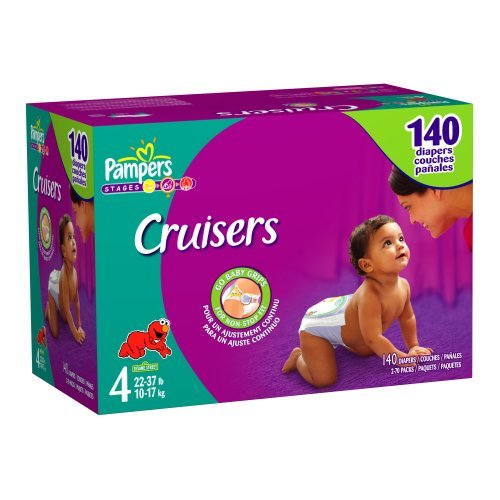Activity: Material Culture and Childhood (20th c.)
Overview
Childhood is an ever-changing concept that varies from culture to culture across time and space, yet people often think of childhood as universal. Teaching students about children in the past is often a challenging endeavor for this very reason. I have developed an exercise that uses the material culture designed for children's care and use—diapers, baby food, clothing, toys—in order to investigate contemporary American childhood. Analyzing these sources of evidence using a material culture method challenges students to think critically about how childhood is understood in their own culture. This exercise demonstrates that childhood is culturally constructed by people living in a particular time and place and creates opportunities for students to think critically about the lives of children in the past. Simultaneously, this exercise provides an effective introduction to material objects as a primary source.
This activity includes instructions on carrying out the activity and incorporates the four primary sources.
Primary Sources
Teaching Strategies
As a historical archaeologist, my aim is to teach students about people in the past by making use of the everyday material objects they made and used. Material culture objects can be understood in two primary ways. First, as functional items that help with particular tasks considered necessary and important. Second, as symbols encoded with meanings about social relationships and cultural values. Contemporary objects are subject to the same analyses and understandings, allowing them to serve as a gateway to the past. The primary sources referenced in this module can be viewed in the Primary Sources folder. Click on the images or text for more information about the source.
Reading the Source
I present the idea that objects are both functional and stylistic and that each attribute of an object can tell us important things about their creators and users. In preparation for a class discussion that will focus on their findings, I handout the following guidelines to each group:
-
Discern the function(s) of each object. Function on the most basic level can be understood as what the object is designed to do. The function of diapers, for example, is to contain the excretions of a non-"potty trained" child. It is important, however, to go beyond the basic function to the more complex types of roles an object is supposed to fulfill.
- Look at the style of the objects. These are aspects of the items that are not directly related to function (i.e., if these aspects were present, absent, or different the object would still function as intended but appear different). What types of ideas about children are reflected in these non-functional aspects of the items?
- Who is supposed to use each item? Who is each item designed for? Are their "sub-groups" of users?
Reflections
Once students have completed their website investigations, I ask members of each group to report on their findings. I usually give each group a section of the board where members can write key observations about each question. Significant patterns inevitably emerge across the different categories of objects. Some of the most important are:
The category of "child" is subdivided in many ways. Some of these are biological: crawlers, toddlers, independent sitters, supported sitters, solid-food eater. Others are age-based: newborns, 2-4 months, 3+ years. And, still others are social: play ready, preschoolers.
-
All of these objects are designed to promote the proper development (physical, mental, social) of a child. There is a suggestion that there is a single normative way for children to progress and grow.
- Childhood is a highly gendered stage in life from the moment of birth. Color schemes, decorative patterns, and functional designs all vary according to gender.
- There is very little emphasis on the individuality of children, except how an individual child is progressing relative to developmental norms. These discussions often emphasize the role of the parents over the preferences of the individual child.
Each of these points relates to the general ideas about childhood introduced in the initial discussion. Taken together, this activity and the contextualizing discussions permit the revelation that childhood is not universal. Childhood in contemporary America is understood in biological and developmental terms, emphasizes gender, de-emphasizes children as cultural actors, and is seen as requiring an array of highly specialized objects. If childhood is culturally constructed, it can be constructed differently at different points in history. This revelation is important for students who are embarking on a study of children in other time periods or other cultures.
Credits
JANE EVA BAXTER, DEPAUL UNIVERSITY
This teaching module was originally developed for the Children and Youth in History project.



